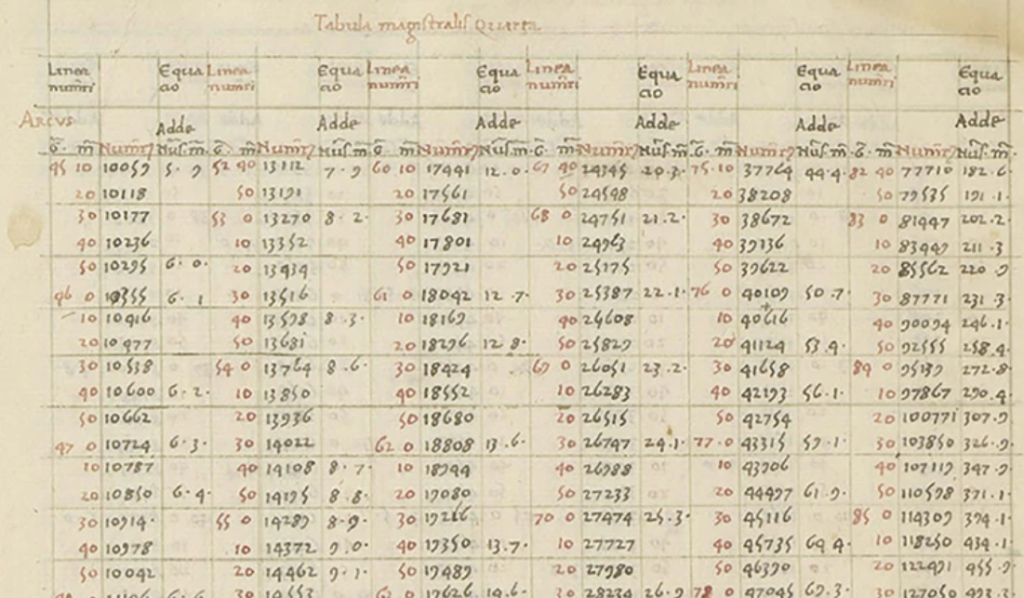I’ve always been astonished by how many things we use now came from Renaissance Italian merchants: the @ sign, double-entry bookkeeping, banking, maritime insurance, and now the decimal point
Van Brummelen suggests that Bianchini’s schooling in economics might have been key to his invention, because he wasn’t embedded in sexagesimal numbers from early in his career, as other astronomers were. But his approach was perhaps too revolutionary to catch on at first. “In order to understand what Bianchini was doing, you had to learn a completely new system of arithmetic,” he says.
A century and a half later, however, “decimal notation was in the air”. Astronomers working with smaller and smaller subdivisions were inventing different systems, desperate for ways to simplify complex calculations. Clavius’s work influenced later popularizers of decimal fractions, such as Flemish mathematician Simon Stevin, as well as Scottish astronomer and inventor of logarithms John Napier, who adopted the decimal point. Chabás argues that historians should reassess Bianchini’s importance. Although he has been “eclipsed” by other figures, there’s clearly “a path of ideas”, he says, leading back to Bianchini.

The decimal point is 150 years older than historians thought
Jo Marchant | Nature
